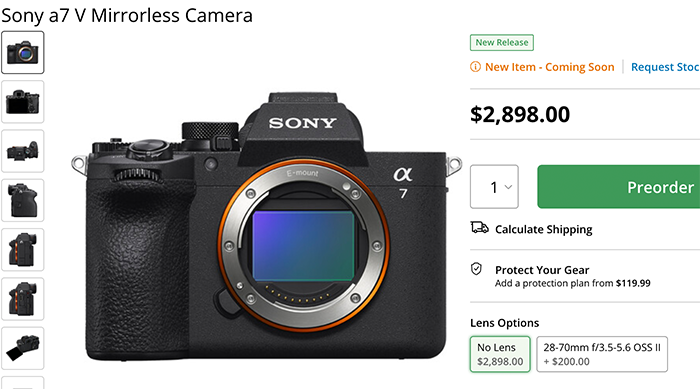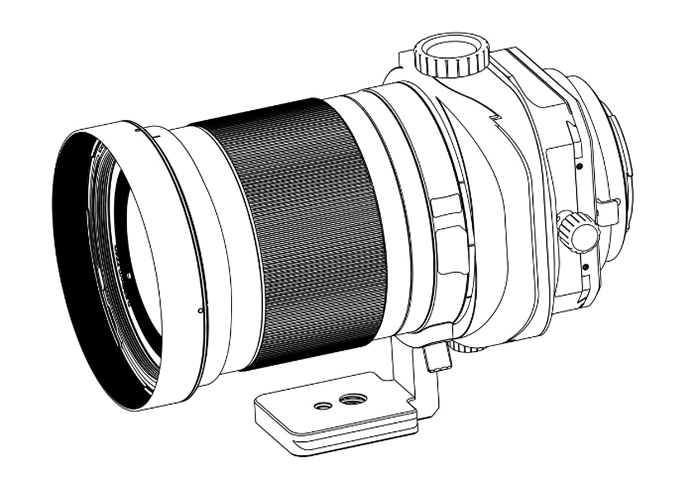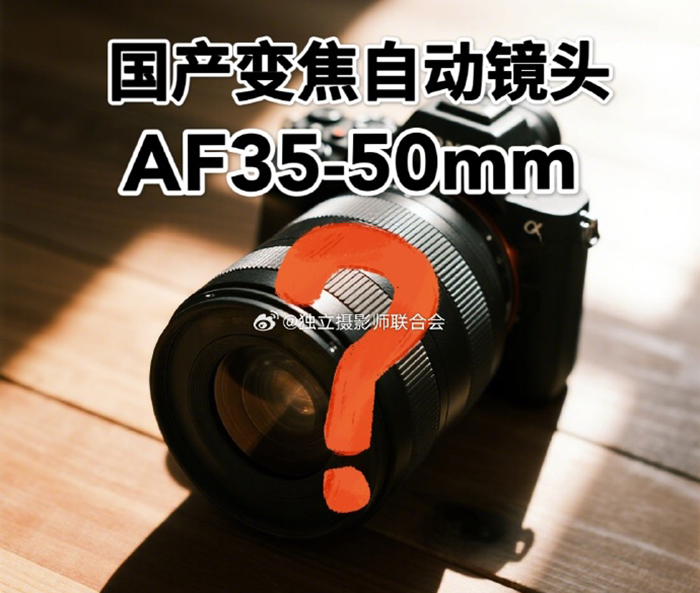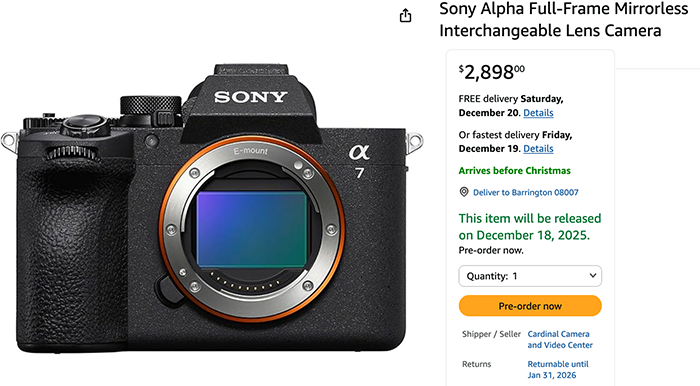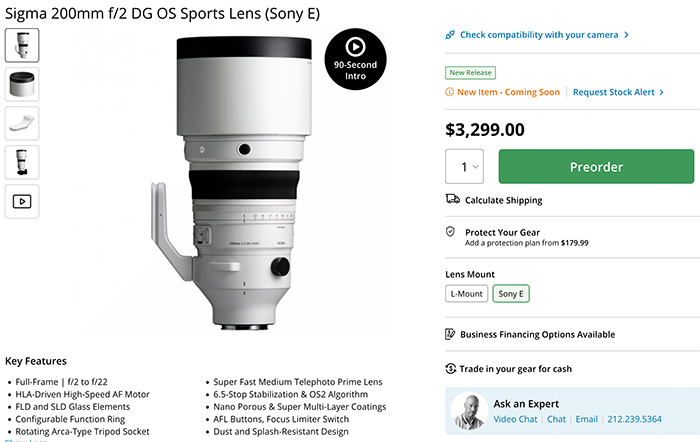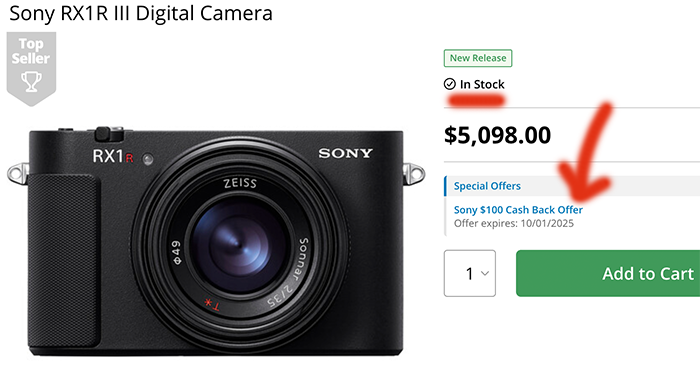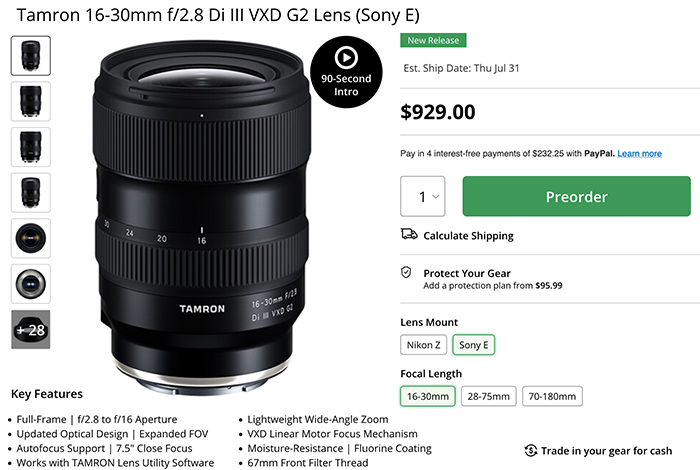Manny calls the new Sigma 200mm f/2 the “greatest portrait lens of all time”
Preorders:
Sigma 200mm f/2.0 at BHphoto, Amazon, Adorama, FotoKoch, FotoErhardt, Calumet, WexUK.
Sigma 12mm f/1.4 at BHphoto, Amazon, Adorama, FotoKoch, FotoErhardt, Calumet, WexUK.
Manny Ortiz actually owns the 17 year old Canon 200mm f/2.0 EF lens and therefore shared an interesting comparison with the new Sigma. For him the Sigma is the “greatest portrait lens of all time”.
Portrait Shooting Experience
– The lens offers incredible compression and subject isolation.
– He recommends shooting from lower angles for more dramatic portraits.
– Effective communication with the model becomes harder due to the long working distance (~40 ft).
– Using foreground elements and proper framing adds depth to the images.
Sports Photography
– Tested at Wrigley Field during a baseball game.
– Autofocus was fast and reliable.
– Outperforms the 70–200mm f/2.8 in background separation and isolation.
– Excellent for isolating players even in busy stadium scenes.
Sigma vs Canon 200mm f/2
– The Sigma is over 1.5 pounds lighter and fits in a standard bag.
– Easier to use handheld; the Canon requires a monopod.
– Sigma priced at $3,299 vs Canon’s $5,700.
– Manny says the Canon has sentimental value but finds the Sigma more practical and inspiring to use.
Downsides
– Requires a lot of space for full-body shots.
– Still heavy; fatigue sets in after extended use.
– Limited to 15 FPS on Sony due to third-party lens limitations.
– Low-angle shooting can lead to composition issues.
Conclusion
This lens isn’t for everyone, but if you want a distinctive portrait look with top-tier optics, it delivers. For Manny, the Sigma 200mm f/2 is a serious alternative to the Canon version—lighter, more usable, and uniquely beautiful. Just be prepared to work for your shots.
